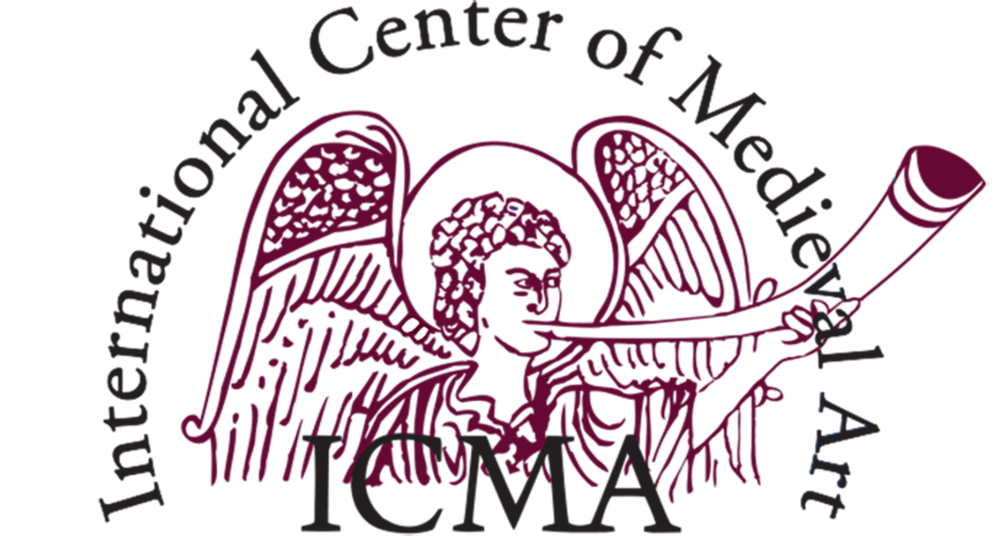The Global Middle Ages Seminar with Youn-mi Kim, Ewha Womans University
Tuesday, October 19, 12:15–1:15 pm on Zoom
Youn-mi Kim will present a talk entitled, “Cross-Cultural Transformation of Buddhist Talismans from Medieval China to Korea.”
Register: https://www.eventbrite.com/e/the-global-middle-ages-youn-mi-kim-tickets-170212310603
Based on materials excavated from inside Buddhist statues and tombs, this talk explores Buddhist talismans from medieval Korea. Recently a growing number of scholars have shown an interest in talismans used in Buddhist contexts. Buddhist talismans from medieval Korea, however, remain unknown, to say nothing of their connections to manuscripts discovered from the distant Dunhuang caves in China. Through an exploration of Korean Buddhist talismans, this talk traces a hybrid practice that interweaves Buddhism and Daoism, arguing that such hybrid talisman practices formed part of a large network that spanned western China and the Korean peninsula. Surprisingly similar types of talismans were used from tenth century Dunhuang to thirteenth century Korea. At the same time, the efficacy of each talisman reveals considerable modification which continuously changed according to the needs of local populations in different periods and regions. This talk is based on a joint study with Professor Paul Copp and Venerable Jeonggak.
Youn-mi Kim is associate professor in the Department of History of Art at Ewha Womans University. Before joining the Ewha faculty, Kim served as assistant professor in the Department of the History of Art at Yale University (2012–16) and The Ohio State University (2011–12), and was a postdoctoral associate at the Council on East Asian Studies at Yale University (2010–11). Kim is a specialist in Chinese Buddhist art, but her broader interest in the cross-cultural relationships between art and ritual extends to Korean and Japanese materials as well. She is particularly interested in symbolic rituals in which an architectural space serves as a material agent; the interplay between visibility and invisibility in Buddhist art; and the sacred spaces and religious macrocosms created by religious architecture for imaginary pilgrimages. She is the editor of New Perspectives on Early Korean Art: From Silla to Koryŏ (Cambridge, MA: Korea Institute, Harvard University, 2013). Her articles have appeared in the Journal of Song-Yuan Studies, Religions, International Journal of Buddhist Thought and Culture, as well as art history journals. Based on archaeological data from a medieval Chinese pagoda and medieval ritual manuals, she is currently completing two book manuscripts.















